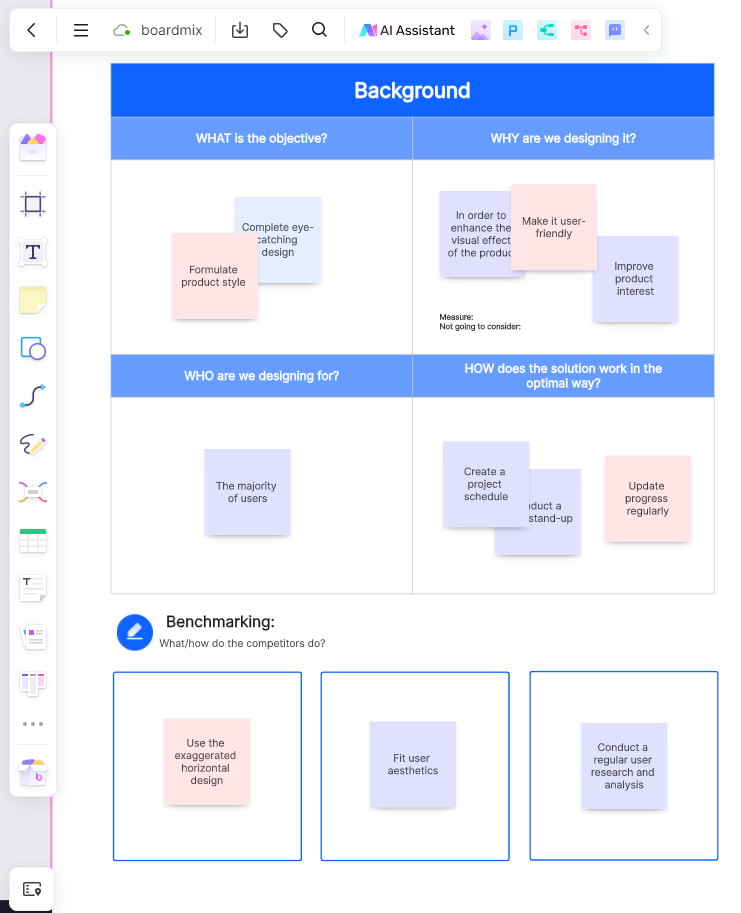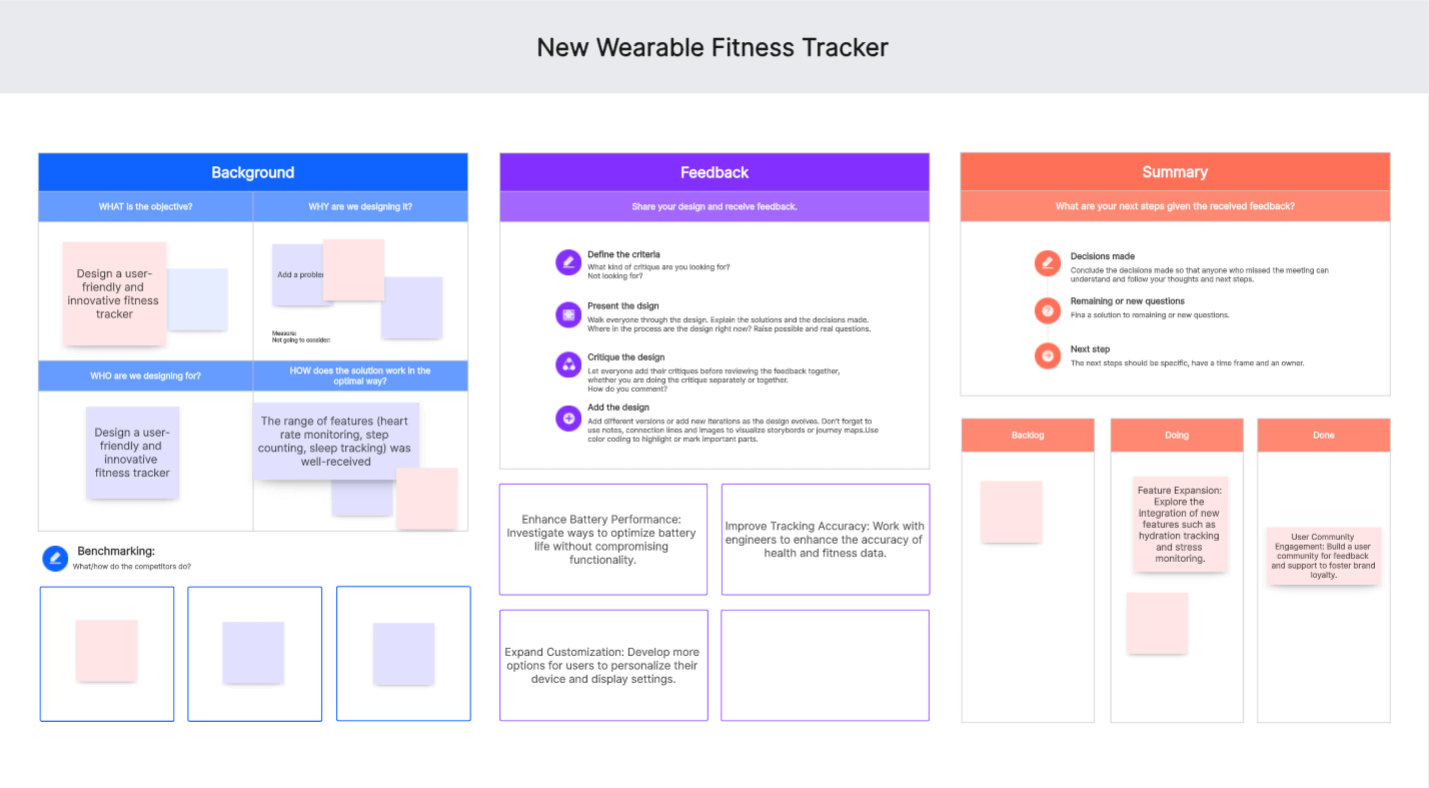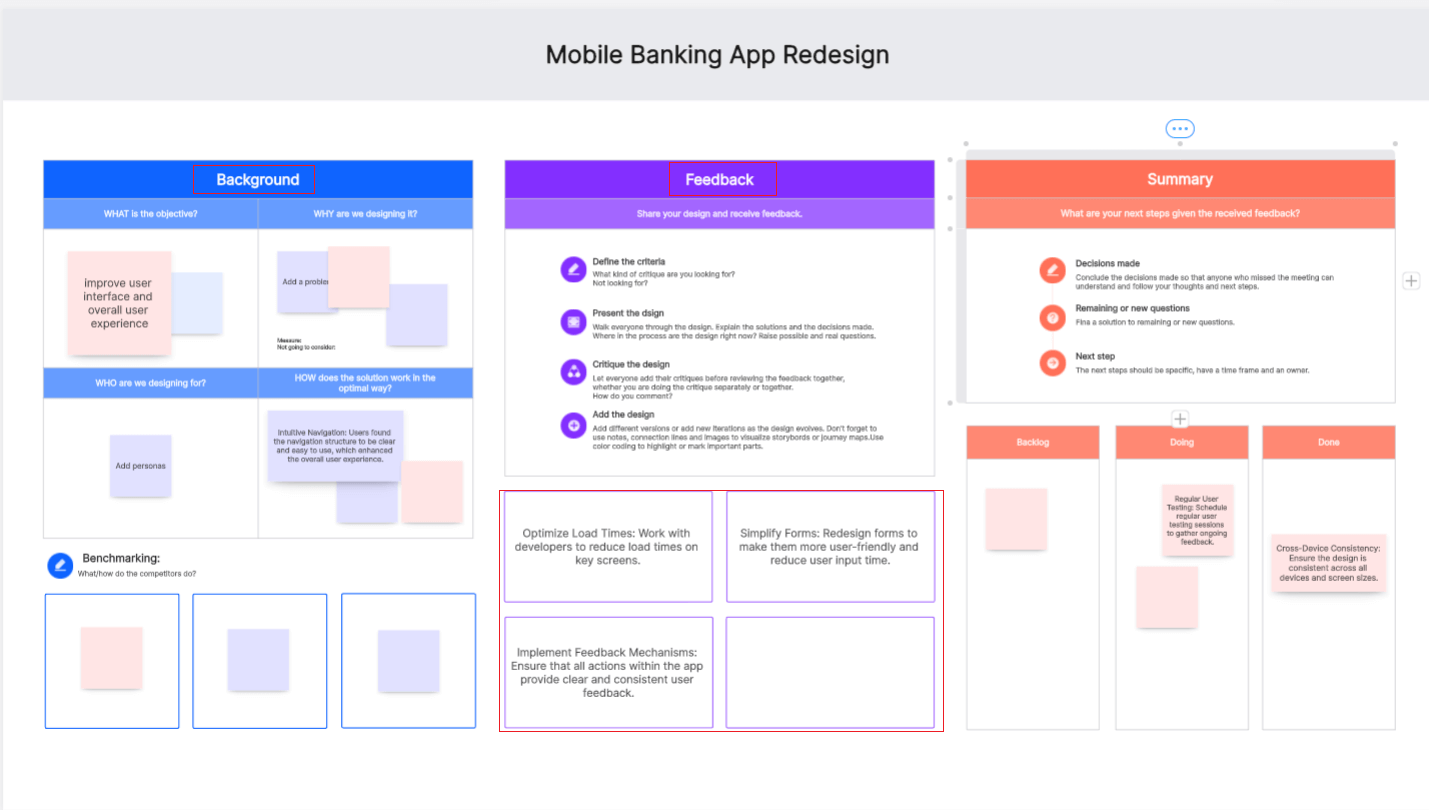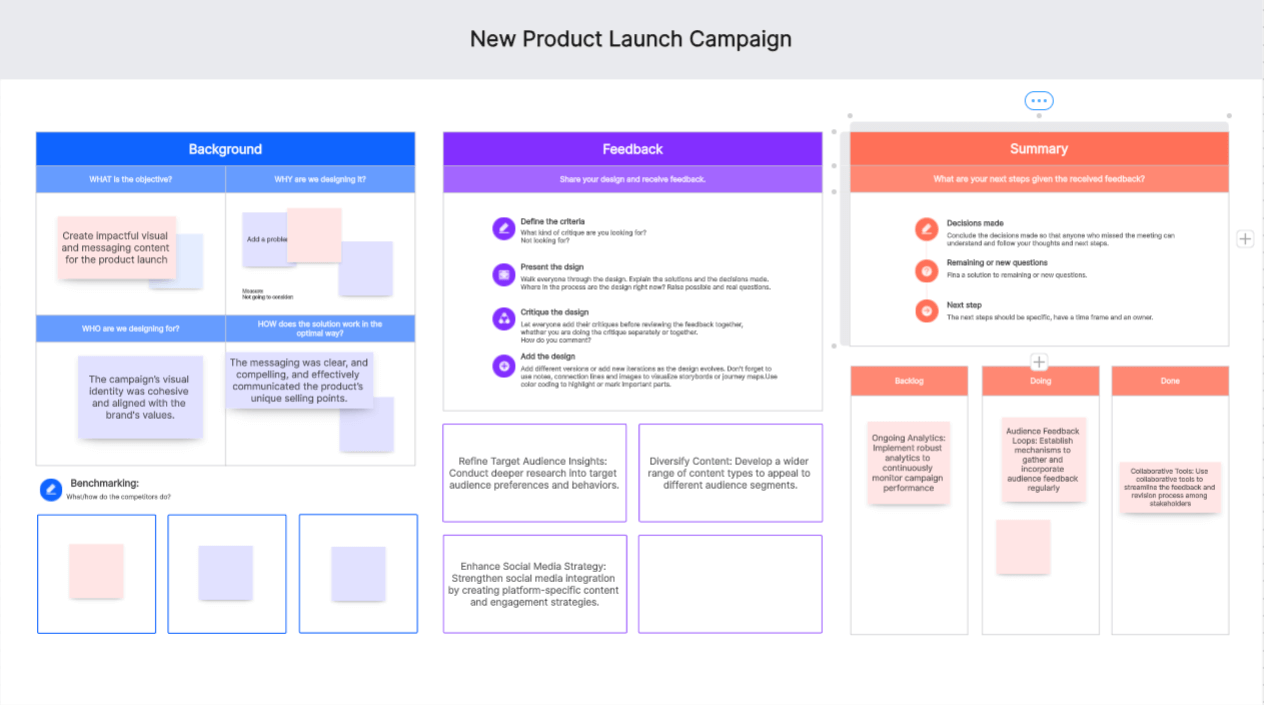Design Critique is a collaborative process that involves evaluating and discussing a design to identify its strengths and weaknesses, aiming to improve the final product. It's a vital part of the design process, allowing designers to refine their work and create more effective, user-centric designs. In this comprehensive guide, we will explore the concept of design critique, its benefits, and how to use it effectively in various design contexts.
Understanding Design Critique

At its core, design critique is about constructive feedback. It's not about criticizing for the sake of criticism, but rather about providing thoughtful, informed comments that can help designers see their work from different perspectives. A good critique focuses on the design itself, not the designer, and aims to foster a dialogue that leads to a better understanding of the design's purpose and potential.
The Importance of Design Critique
1. Quality Improvement: Critiques help designers identify areas that need improvement, leading to higher-quality designs.
2. Objective Perspective: They offer an external viewpoint, which can be invaluable when a designer is too close to their work.
3. Skill Development: Engaging in critiques helps designers develop their analytical and communication skills.
4. User-Centered Design: Critiques can ensure that designs are aligned with user needs and expectations.
5. Innovation: Critiques can inspire new ideas and innovative solutions by challenging assumptions.
Key Components of a Design Critique
1. Preparation: Before the critique, ensure that the design is well-presented and that participants understand the design's objectives.
2. Presentation: The designer should present their work, explaining the design process, decisions, and intended outcomes.
3. Feedback: Participants provide feedback, focusing on specific elements of the design and suggesting improvements.
4. Discussion: An open discussion follows, where the designer can ask questions and clarify their intentions.
5. Reflection: After the critique, the designer should reflect on the feedback, deciding which suggestions to incorporate and how to proceed.

How to Conduct a Design Critique
1. Set the Stage: Choose a comfortable environment and ensure that all participants are aware of the design's context and objectives.
2. Facilitate the Session: A skilled facilitator can guide the critique, ensuring that it remains constructive and on-topic.
3. Encourage Active Listening: Participants should listen carefully to the designer's explanations and provide thoughtful feedback.
4. Focus on the Design: Keep the discussion centered on the design elements and their impact on the user experience.
5. Be Respectful: Critiques should be respectful and supportive, avoiding personal attacks or negative comments about the designer.
By following these guidelines, designers can leverage the power of critique to enhance their work and deliver designs that meet the needs of users and stand out in the marketplace.
Benefits of Design Critiques
- Improved Design Quality: Critiques help identify areas for improvement, leading to a more polished final product.
- Enhanced Problem-Solving Skills: Designers learn to think critically and find solutions to design challenges.
- Collaborative Learning: Critiques foster a collaborative environment where everyone involved can learn from each other.
- Better Understanding of User Needs: Feedback from users or user representatives can provide invaluable insights into what works and what doesn't.
Examples of Design Critique in Practice
1. Graphic Design Critique
For a poster design, a critique might focus on the visual hierarchy, color choices, typography, and how effectively the message is communicated. Participants might suggest alternative layouts or color schemes to enhance the poster's impact.

2. Website Design Critique
In the case of a website, the critique could address the user interface, navigation, content organization, and overall user experience. Suggestions might include improving page load times, optimizing for mobile devices, or reorganizing content for better accessibility.

3. Product Design Critique
The critique might involve ergonomics, materials, manufacturing processes, and sustainability for a physical product. Feedback could range from how the product feels in the hand to its environmental impact and market appeal.

Using Design Critique Effectively
1. Be Open to Feedback: Designers should approach critiques with an open mind, ready to learn and adapt.
2. Implement Changes Thoughtfully: Not all feedback will be applicable; designers should carefully consider each suggestion in the context of their design goals.
3. Follow-Up: After making changes, it's beneficial to have a follow-up critique to assess the improvements.
4. Learn from Each Critique: Each critique is an opportunity to grow as a designer. Reflect on the feedback and apply the lessons learned to future projects.
How to Create a Design Critique in Boardmix?
Benefits of Using Boardmix to Create Design Critique
1. Collaboration: Boardmix allows you to collaborate with team members or clients on design projects easily. You can invite them to the board and they can provide feedback or suggestions directly on the design critique.
2. Visual Representation: Boardmix provides a visual canvas where you can create your design critique using shapes, labels, and sticky notes. This visual representation helps in clearly communicating your feedback and ideas.
3. Organization: With Boardmix, you can organize your design critique into different sections using shapes and labels. This helps in structuring your feedback and making it easier to understand.
4. Customization: Boardmix offers various customization options, allowing you to personalize your design critique. You can choose different shapes, colors, and styles for the elements in your critique, making it visually appealing.
5. Easy Sharing: Once you have created your design critique, you can easily share it with others by sending them a link to the board. They can view and interact with the critique without creating an account.
Steps of Using Boardmix to Create Design Critique
Creating a design critique is a simple process since there are many ready-made templates including design critique templates in Boardmix. Here are the steps you can follow:
1. Open Boardmix and log in to your account.

2. Create a new board or search for design critique in the Template library.
3. On the board, click on the "Shapes" icon located on the left-hand side toolbar.
4. Select the desired shape from the shapes menu.
5. Draw the shape on the board to represent the design critique example template.
6. Next, click on the "Text" icon located on the left-hand side toolbar.
7. Click inside the shape and add labels for each section of the design critique example template, such as "Design Elements," "Usability," "Visual Appeal," "Functionality," etc.
8. Now, you can start adding sticky notes or text boxes to each section of the template. Click on the "Sticky Note" or "Text Box" icon located on the left-hand side toolbar.
9. Click inside each section of the template and add relevant information, comments, or suggestions for design improvements.
10. Repeat this process for each section of the design critique example template until you have captured all the necessary details.
11. You can also customize the colors and styles of the sticky notes or text boxes to make your design critique example template visually appealing and easy to navigate. To do this, click on a sticky note or text box and select the desired options from the toolbar that appears.
12. Once you have completed your design critique example template, you can save it by clicking on the "Save" button located at the top right corner of the board.
That's it! You have successfully created a design critique example template in Boardmix. Now you can use it to provide feedback and suggestions on design projects, collaborate with team members, and improve the overall design process.
Conclusion
Design critique is an essential tool for designers looking to elevate their work to the next level. By engaging in thoughtful, constructive critiques, designers can gain valuable insights, improve their skills, and create designs that truly resonate with users. Whether you're a seasoned professional or just starting, embracing the design critique process can lead to more effective, innovative, and user-focused design outcomes. Dive into the innovative tool, Boardmix online whiteboard, to make a real-time design critique with your team.








